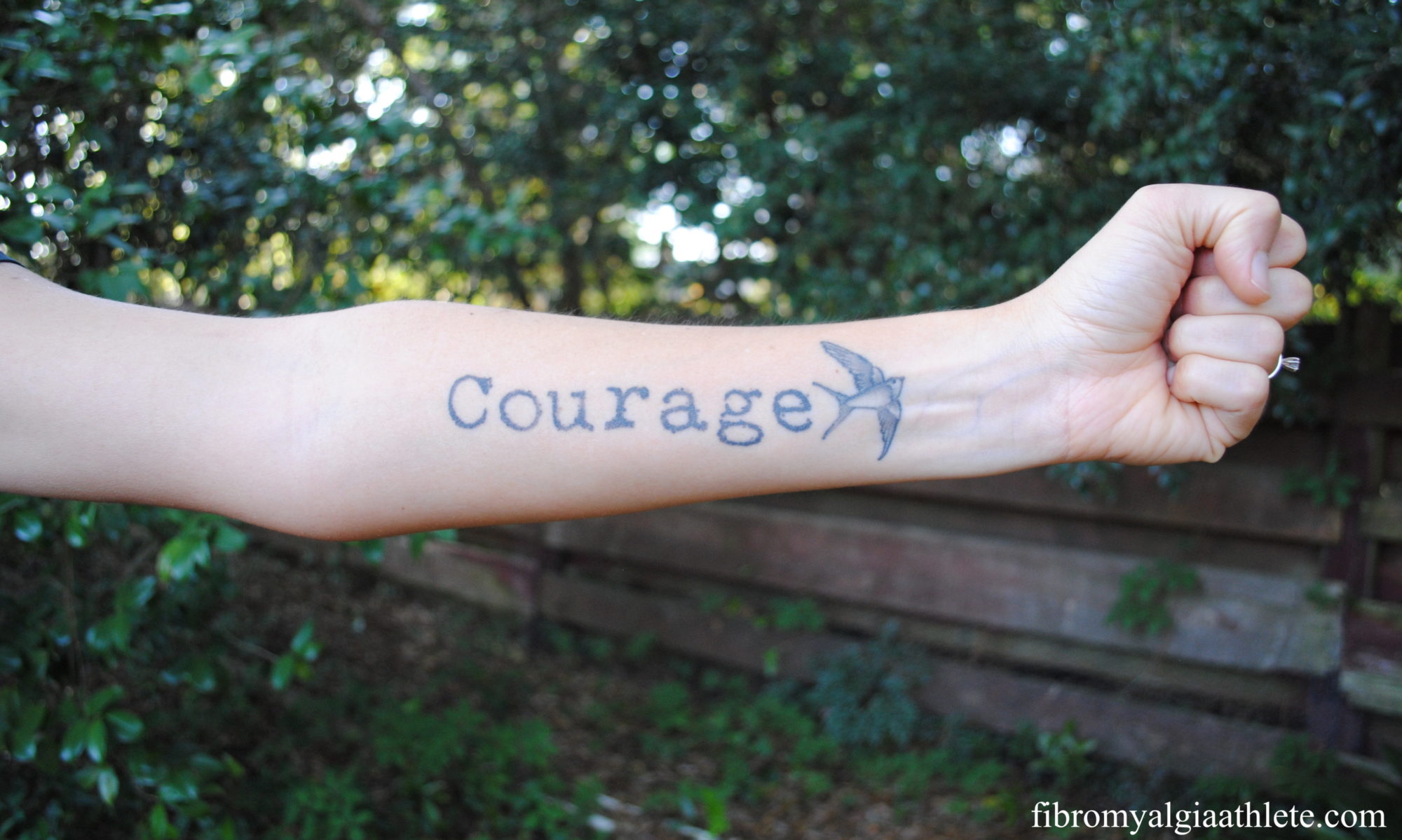The quick verdict thus far: a vegan diet is helping my fibromyalgia symptoms recede!
At the 2 ½ weeks mark, I’ve had a reduction in arm pain, muscle spasms, and generalized neck pain. I haven’t had any new rashes or random injuries, either, and I’ve been able to sleep fairly normally most nights.

Breakfast has been one of the most challenging vegan meals, because I love scrambled eggs. I’ve found a good alternative, even though it’s not even remotely similar to eggs—a bowl of strawberries, pecans, and slivered almonds.
My favorite homemade vegan dinner so far is Indian-style vegetable korma with saffron rice. I used coconut milk as the base for the korma, then added plenty of curry powder, fenugreek, and garam masala. Sweet potatoes, kale, English peas, and cashews were delicious in the seasoned coconut milk.
Simple, vegetable-based sautéed dinners have helped me avoid what some vegans have warned is the “you’re always in the kitchen” trap. Cutting up sweet potatoes, onions, yellow squash, and zucchini and making a quick batch of egg-free cornbread doesn’t take any extra time beyond preparing a meat-based dinner at home.
I’m realizing more and more how dependent I was on dairy. I miss cheese like an old friend, but the loss is getting easier to deal with as time passes. Fibromyalgia really, really sucks. Dealing with it can be very hard, but having struggled for so many years with pain, the food-based sacrifices to become vegan probably seem a lot less challenging then they would if life had been easier the past few years. I’m going to keep going on this vegan train, and will continue to post updates for those interested in using diet to control their fibromyalgia.
